U.S. Department of Transportation
Federal Highway Administration
1200 New Jersey Avenue, SE
Washington, DC 20590
202-366-4000
There are many ways to use and place print PSAs. A variety of schools, businesses, communities, associations and religious groups publish newsletters and are willing to run PSAs. Most major magazines and newspapers offer PSA placement to some extent. Many times they will keep them on hand to fill advertisement space when an advertiser cancels an ad at the last minute.
Companies and organizations sometimes donate ad space in their newsletters, brochures, or other print materials that may be filled with one of the print PSAs. Creative possibilities for PSA placement include bus signs, paycheck stuffers for local businesses, billboards, store flyers, insurance company bill stuffers, and palm cards for law enforcement and crossing guards.
Call your nearby publications and ask whether they place PSAs, and if so, how they would like for you to deliver them. In most cases, you will provide electronic files. You will need to ask which file format they prefer, and then provide those files on a CD. The CDs in this kit contain QuarkXPress files, the file type most often preferred by print publications. Some may prefer to print the PSAs in black and white as opposed to full-color. If black and white is required, have a graphic designer convert the full color PSA files to black and white files before delivery to the publications.
You may have graphic designer or printing firm add your organization or coalition logo to the PSAs prior to delivery to the publications. The text "sponsor logo here" should be removed prior to delivery.
Download Quark files: Pedestrian PSAs (61.84 Mb), Driver PSAs (28.75 Mb)
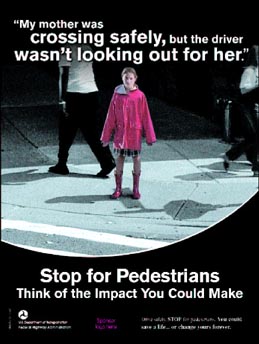 |
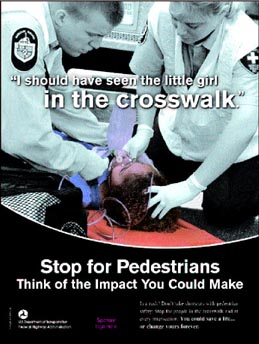 |
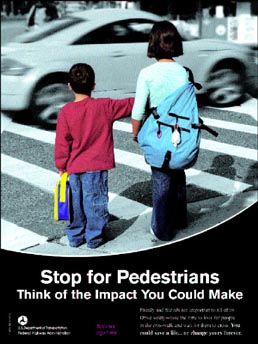 |
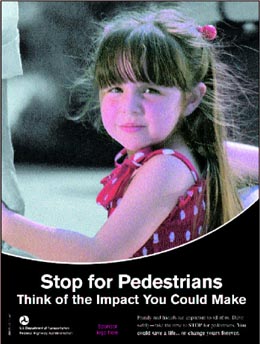 |
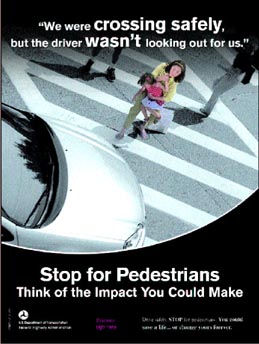 |
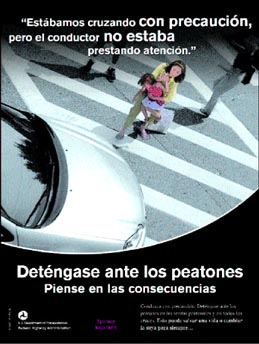 |
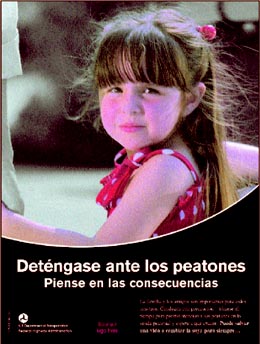 |
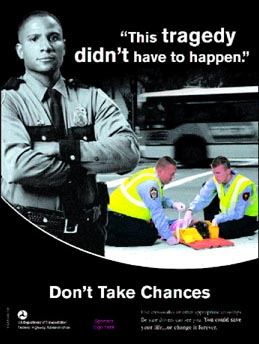 |
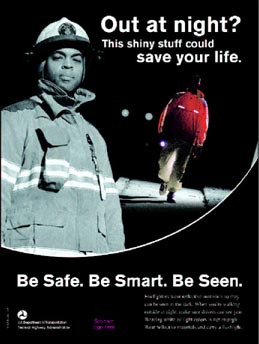 |
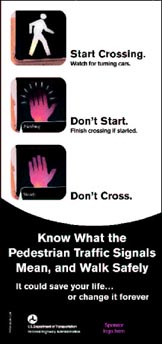 |
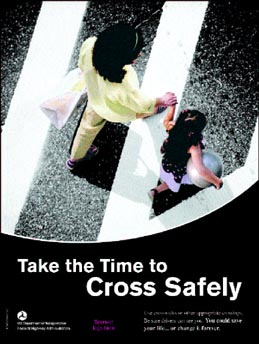 |
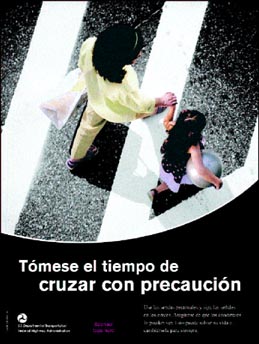 |
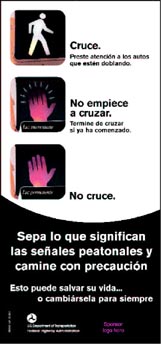 |
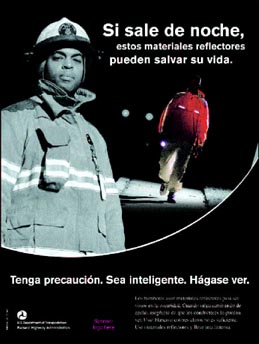 |
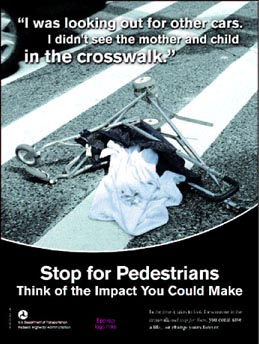 |
